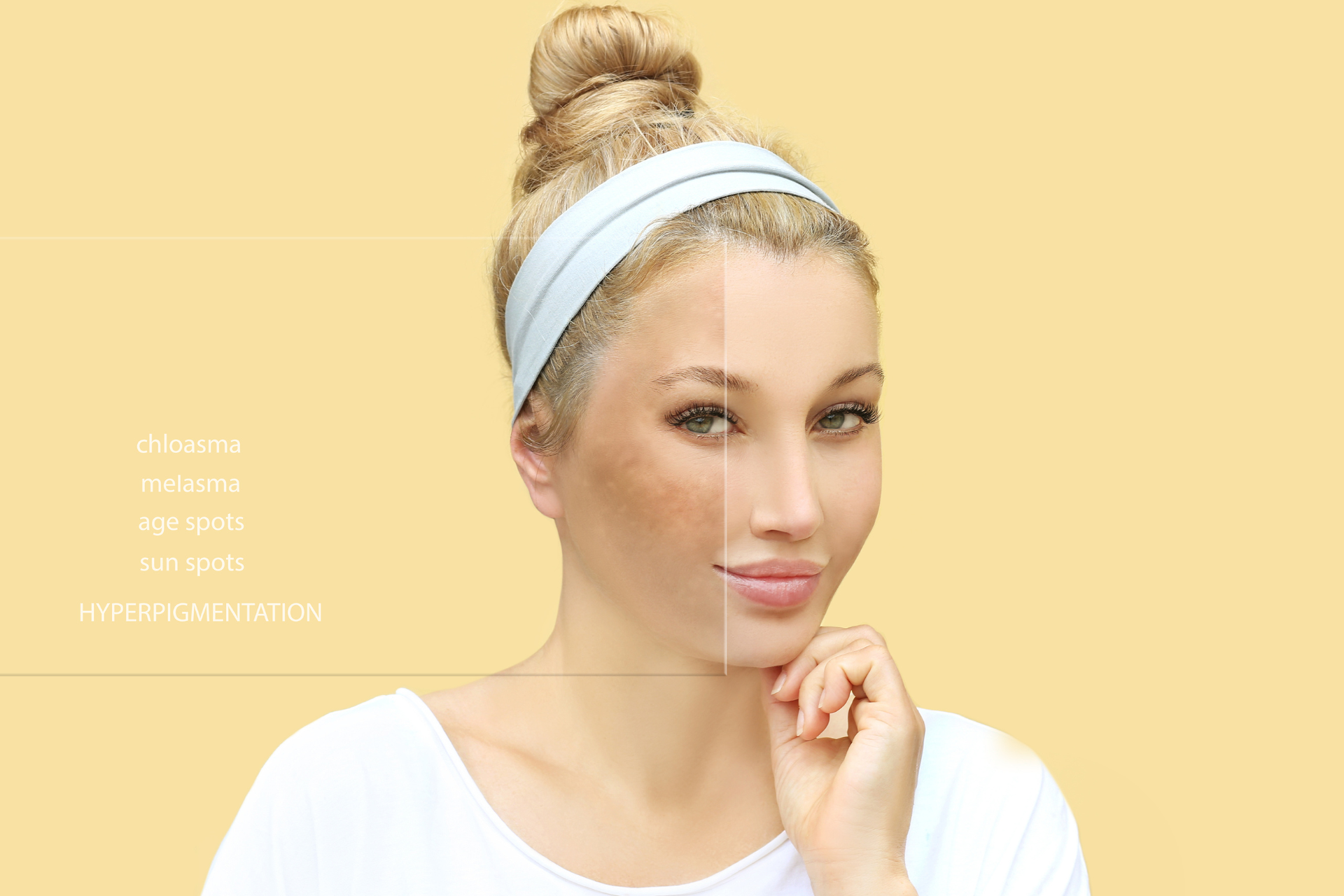Fading the Sun's Fury: How to Minimize the Appearance of Age Spots

Introduction:
As the sun's rays embrace our skin, leaving behind a golden glow, they can also bring undesired signs of aging in the form of age spots. These harmless yet pesky discolorations often appear on areas exposed to sunlight, such as the face, hands, shoulders, and arms. At Fall Creek Skin and Health Clinic, we understand the impact age spots can have on one's self-confidence. In this blog post, we will explore effective strategies to minimize the appearance of age spots and restore your skin's natural radiance.
Understanding Age Spots:
Age spots, also known as liver spots or sunspots, are small, flat, brown, or grayish patches that develop on the skin over time. They are primarily caused by prolonged sun exposure, which accelerates the production of melanin - the pigment responsible for skin color. While age spots are harmless, they can be a visible reminder of sun damage and aging.
Minimizing Age Spots:
1. Sun Protection:
The first and most crucial step in reducing the appearance of age spots is sun protection. Wear broad-spectrum sunscreen with an SPF of at least 30 every day, even on cloudy days. Additionally, seek shade during peak sun hours, wear protective clothing, and don a wide-brimmed hat to shield your skin from harmful UV rays.
2. Topical Treatments:
Several topical treatments can help fade age spots and even out skin tone. Look for products containing ingredients like hydroquinone, retinol, vitamin C, kojic acid, or niacinamide. These ingredients work to inhibit melanin production, exfoliate the skin, and promote cell turnover, leading to a brighter complexion over time.
3. Professional Treatments:
For more stubborn age spots, consider seeking professional treatments at Fall Creek Skin and Health Clinic. Our experienced dermatologists offer options such as chemical peels, microdermabrasion, laser therapy, and intense pulsed light (IPL) treatments to target and lighten age spots effectively. These treatments are safe, minimally invasive, and tailored to your specific skin concerns.
4. Skincare Routine:
Incorporating the right skincare products into your daily routine can make a significant difference in minimizing age spots. Cleanse your skin gently, use a mild exfoliator to slough off dead skin cells, and follow up with a moisturizer containing antioxidants and SPF. Consistency is key to seeing results, so commit to a skincare regimen that suits your skin type and concerns.
5. Healthy Lifestyle Choices:
Maintaining a healthy lifestyle can also contribute to reducing age spots. Eat a balanced diet rich in antioxidants, stay hydrated, exercise regularly to boost circulation, and get an adequate amount of sleep. Avoid smoking and limit alcohol consumption, as these habits can accelerate skin aging and exacerbate the appearance of age spots.
Conclusion:
Age spots may be a natural part of the aging process, but with the right strategies and treatments, you can fade the sun's fury and minimize their appearance. At Fall Creek Skin and Health Clinic, we are dedicated to helping you achieve healthy, radiant skin at an affordable cost. By following sun protection measures, utilizing topical treatments, considering professional options, maintaining a consistent skincare routine, and adopting a healthy lifestyle, you can diminish the appearance of age spots and embrace a more youthful complexion. Schedule a consultation with our skilled dermatologists today and take the first step towards achieving your skincare goals. Remember, your skin deserves the best care it can get to glow with vitality and health.



Need Our Services?
Book a free consultation

Our promise is to offer high-quality medical attention at a fair price in a clean, friendly, and professional environment.
QUICK LINKS
BUSINESS HOURS
- Mon - Thu
- -
- Friday
- -
- Saturday
- Appointment Only
- Sunday
- Closed
All Rights Reserved | Fall Creek Skin and Health Clinic |
